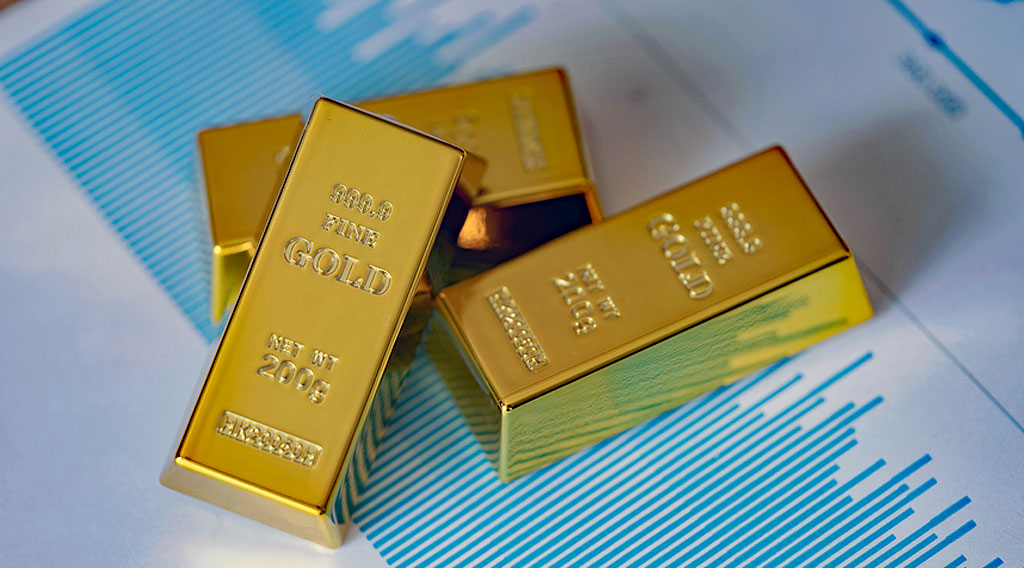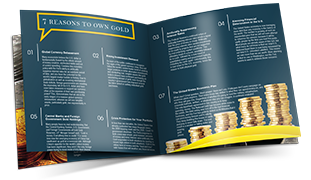 As geopolitics continue to steal headlines, the real catalyst for gold prices might be lurking in Washington. The federal government is on the verge of a funding crisis that, combined with the towering national debt, could send gold soaring.
As geopolitics continue to steal headlines, the real catalyst for gold prices might be lurking in Washington. The federal government is on the verge of a funding crisis that, combined with the towering national debt, could send gold soaring.
According to influential asset manager Adrian Day, a deal on the debt ceiling issue wouldn’t be enough to shield the economy from the country’s fiscal debacle. That’s a grim forecast for traditional markets but a potentially major tailwind for the yellow metal.
A Debt Deal is More Pressing Than a Nuclear Deal
The volatile state of geopolitics has had an undeniable impact on gold’s years-long rally as central banks embrace diversification in the face of a weakening world reserve currency and a fractured global economy. However, Adrian Day suggests these effects are relatively minor compared to the domestic debt crisis.
In an interview with Kitco, he pointed to how the gold market shrugged off the Israel-Iran War, barely reacting before settling back into sideways movement. “The critical countdown isn’t for a nuclear deal, but for a debt deal in the United States.” The most pressing concern is the looming Treasury issuance crunch.
The Treasury is Running Dry
The Treasury Department is quickly running out of money with the debt ceiling frozen. The Biden administration left office with barely any dry powder, requiring Trump 2.0 to act decisively to generate liquid cash.
Once again, the debt ceiling debate has stagnated in Congress. The GOP is struggling to pass the One Big Beautiful Bill Act, which would give the federal government more spending leeway–a controversial decision that threatens to add trillions to the national debt.
To compensate for an empty wallet, the Treasury has been rolling over debt. In other words, when bonds mature, they can be reissued at the same value. Day stresses that this loophole for generating cash without borrowing is almost dried up.
Fed Buying “Wildly Bullish for Gold”
The fallout from a debt collapse isn’t avoided even if Congress approves more borrowing. The greenback is facing a confidence crisis with yields too high to justify growing risk, a de-dollarizing world seeking economic independence, and central banks preferring gold over the USD.
This leaves the Fed as the most likely buyer in a worst-case scenario. In this situation, the government would effectively be buying its own debt, pumping money into the economy. This artificial demand can further harm a falling dollar and increase inflationary risks–a move Day describes as “wildly bullish for gold.”
Why Gold Wins Either Way
The debt ceiling dilemma and the national debt burden weigh heavily on the economy, but gold is poised to benefit no matter what happens. If no deal is struck to raise the limit, fears of a debt default could easily boost safe-haven demand.
On the flip side, a successful deal would likely lead the Fed to pivot toward quantitative easing, increasing gold’s appeal.
As the US funding timeline compresses rapidly, Day warns the clock is ticking. With the combination of a dollar confidence crisis and a compressed bond issuance window, the government is running out of good options.
Gold is set to remain the safe-haven asset of choice by central banks, institutional investors, and retail buyers—deal or no deal.


